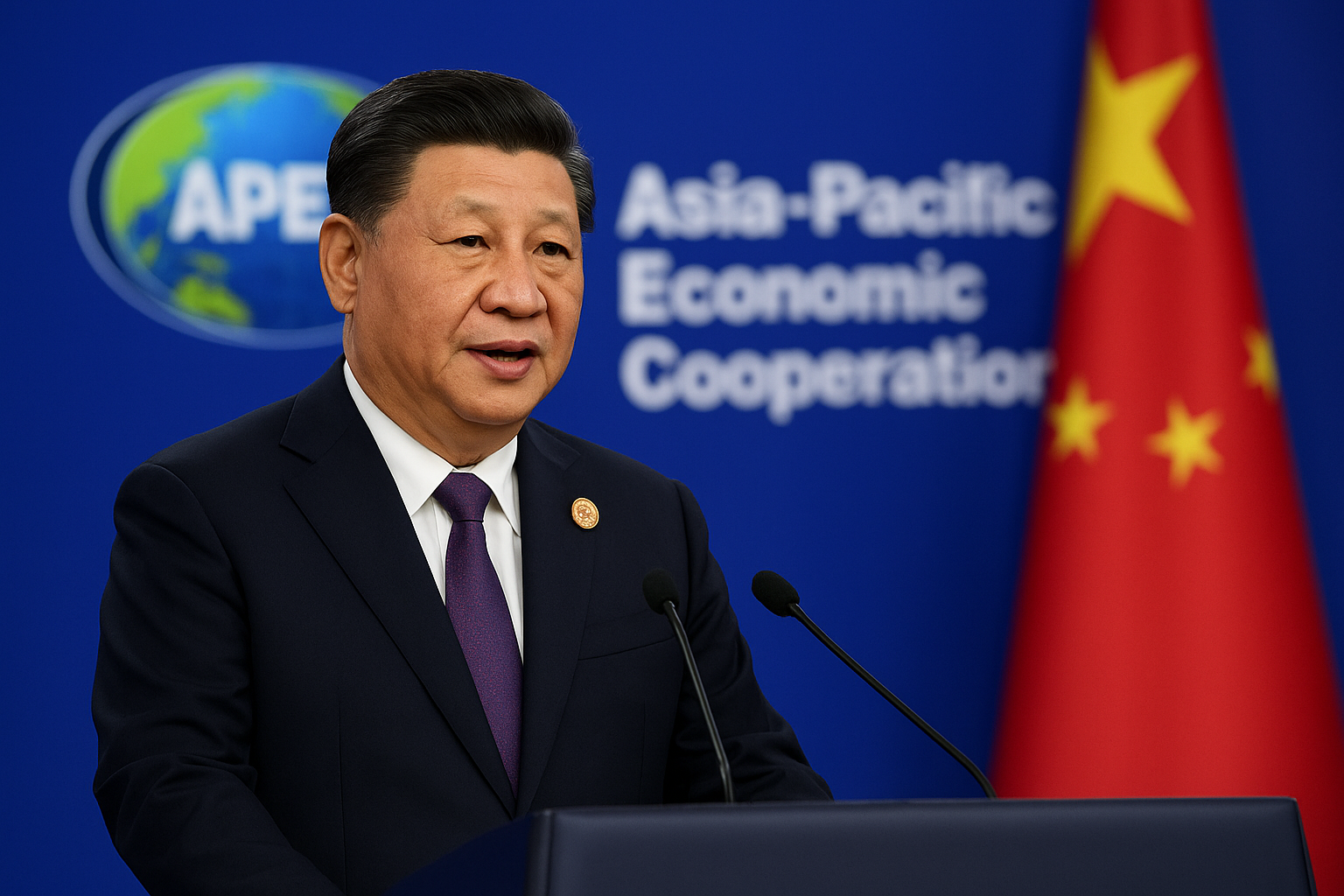Norway Positions Itself as a Critical Player in the Global Race for Strategic Minerals
As the demand for critical minerals soars, Norway is taking bold steps to secure its place in the future of energy and technology. In a landmark move, the Norwegian parliament has authorized multiple companies to explore deep-sea mining resources within its exclusive economic zone and continental shelf in the North Atlantic. This strategic decision could redefine the global supply chain for key minerals essential for technologies like mobile phones, wind turbines, and electric vehicle batteries.
With exploration licenses expected to be awarded in early 2025, investors are closely watching this emerging opportunity. Will Norway’s venture into the deep sea unlock the next wave of mineral wealth?
Why This Matters for Investors
The global race for critical minerals is heating up, driven by surging demand for clean energy technologies and advanced electronics. Norway’s decision to explore deep-sea mining taps into a largely untapped resource pool, particularly for seafloor massive sulfides and cobalt-rich crusts. These minerals are crucial for producing high-performance batteries and renewable energy infrastructure.
According to the International Energy Agency (IEA), demand for critical minerals like cobalt and nickel could increase by as much as six times by 2040, primarily due to the electric vehicle revolution and renewable energy expansion. With geopolitical tensions impacting traditional supply chains, Norway’s strategic move could establish it as a reliable source for these essential resources.
Strategic Implications and Competitive Advantage
Positioned in the resource-rich North Atlantic, Norway’s deep-sea mining initiative not only capitalizes on its existing maritime expertise but also aligns with its national energy transition strategy. By leveraging advanced exploration technologies, the nation is poised to minimize environmental impact while maximizing resource extraction.
This approach could give Norway a competitive edge over other deep-sea mining contenders, such as Japan and China, who are also racing to secure critical mineral supply chains. The potential economic benefits are substantial, with the global deep-sea mining market projected to reach $15.3 billion by 2030, according to Allied Market Research.
Environmental and Regulatory Considerations
However, deep-sea mining remains a controversial topic, facing opposition from environmental groups and international regulators concerned about potential ecological impacts. The Norwegian government has committed to conducting thorough environmental impact assessments, emphasizing the importance of sustainable mining practices.
This cautious approach is crucial, as international regulations on deep-sea mining are still evolving under the oversight of the International Seabed Authority (ISA). Investors should monitor regulatory developments closely, as stricter environmental rules could impact exploration timelines and profitability.
Potential Winners and Investment Opportunities
Norway’s initiative opens investment avenues across several sectors, including:
- Exploration and Mining Companies: Firms specializing in deep-sea exploration technologies and mining equipment are likely to benefit. Keep an eye on companies with existing expertise in offshore drilling and maritime robotics.
- Critical Mineral Suppliers: Companies focused on refining and supplying cobalt, nickel, and rare earth elements could see increased demand.
- Technology and Renewable Energy Firms: As demand for batteries and renewable energy infrastructure grows, companies reliant on critical minerals may face supply chain benefits or constraints, impacting their stock performance.
Key Investment Insight
Investors should watch for the announcement of exploration license winners in early 2025, as this will signal the leading players in Norway’s deep-sea mining landscape. Additionally, monitoring advancements in sustainable mining technologies and regulatory updates from the International Seabed Authority will be crucial for assessing long-term investment risks and opportunities.
Final Thoughts
Norway’s bold venture into deep-sea mining could reshape the global supply chain for critical minerals, offering investors a rare opportunity to capitalize on emerging resource markets. As competition for strategic minerals intensifies, staying informed on exploration progress and regulatory changes will be essential.
For daily updates and in-depth analysis on this and other emerging investment trends, stay connected with MoneyNews.Today—your trusted source for investor news.





